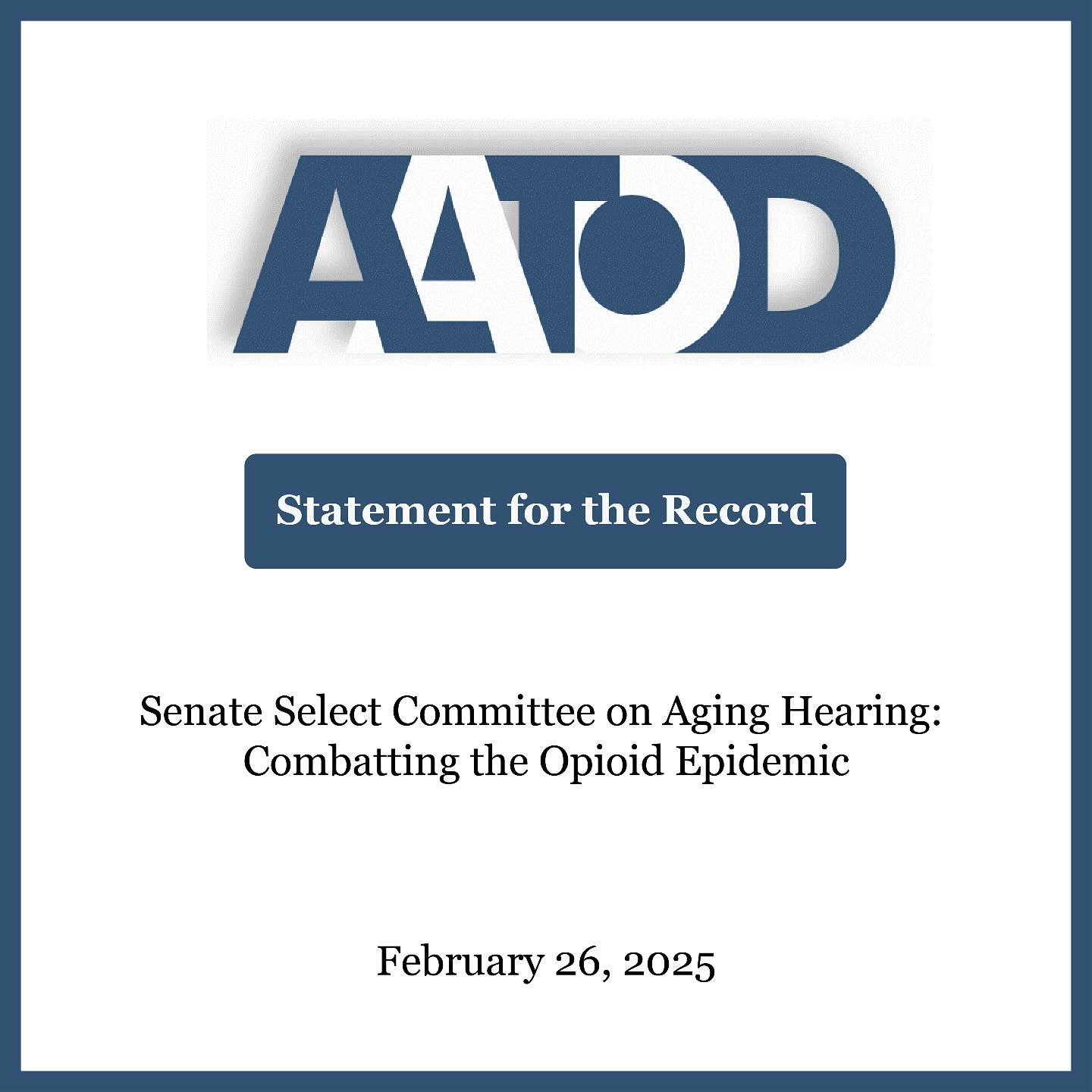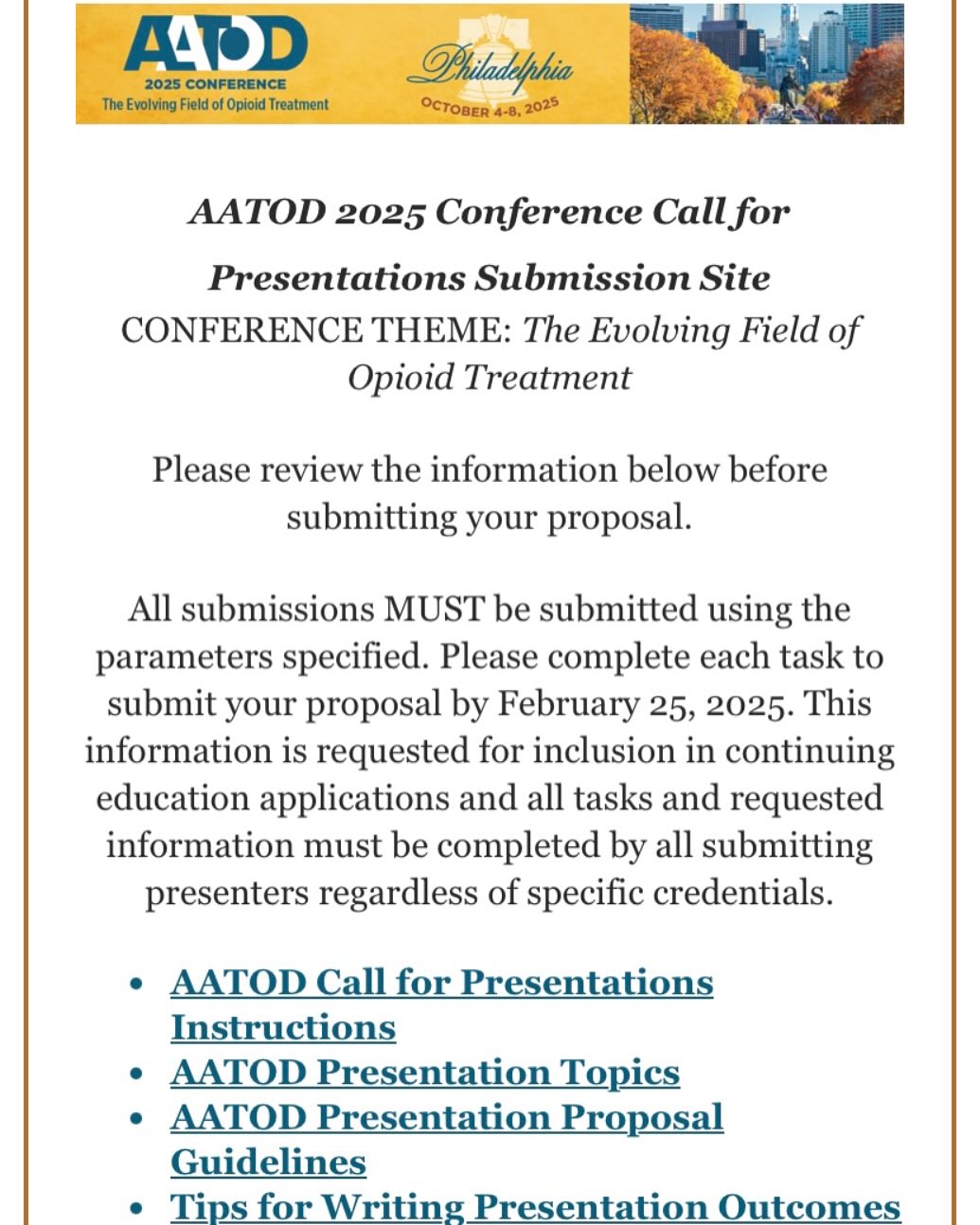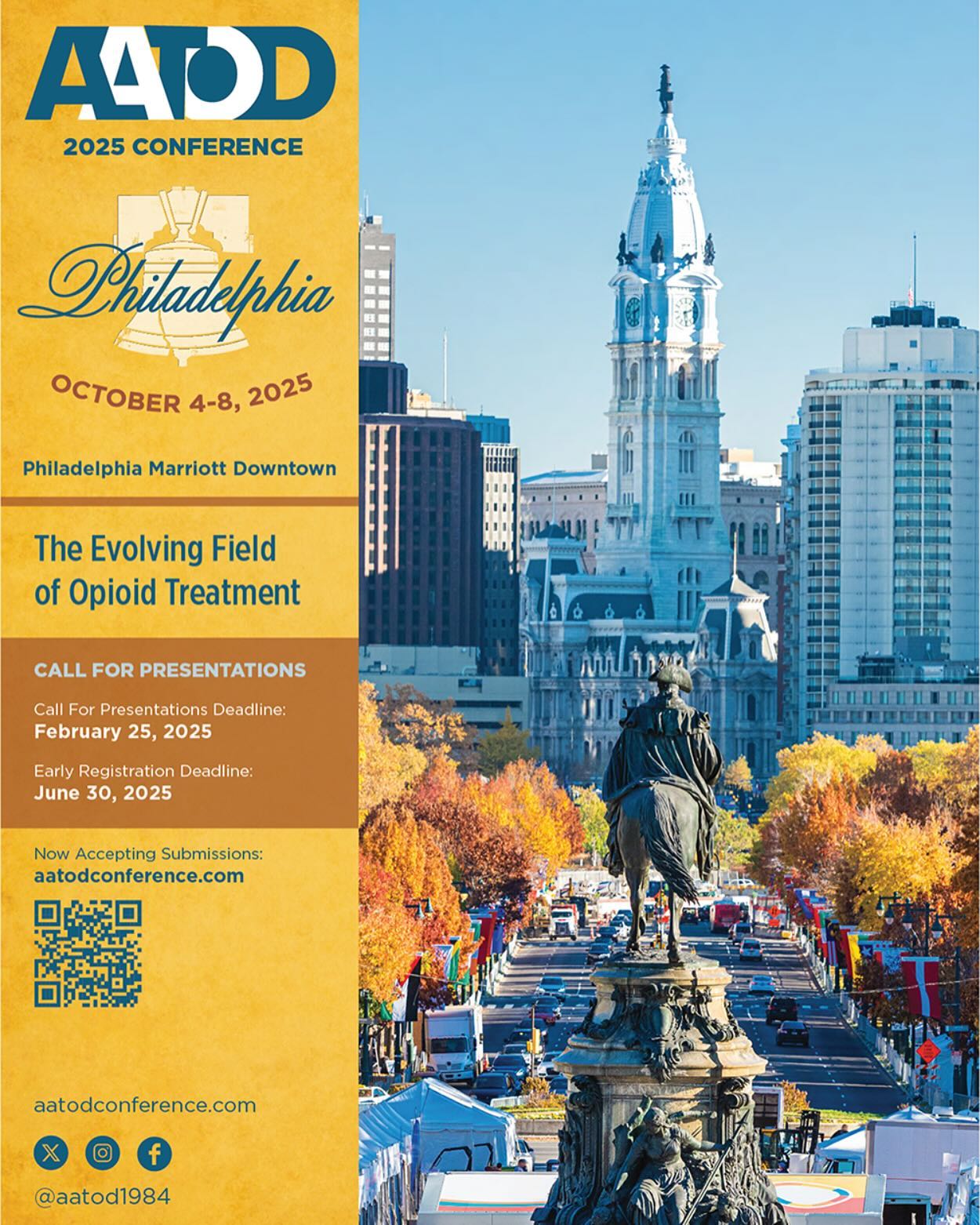The realities of an ongoing opioid epidemic, combined with the lessons learned from the COVID-19 pandemic, provide creative and responsible opportunities to improve, enhance, and expand the role of OTPs. Policymakers should be careful when considering such changes as opportunities to embrace harm reduction principles along with research and evidence-based clinical practices to ensure that patients receive evidence-based care that is most appropriate and relevant to their needs.
A good deal has been debated on how comprehensive patient care should be. It has been demonstrated over the course of 60 years that patient outcome improves when medications are part of a coordinated and comprehensive range of other support services. Effective treatment needs to be able to respond to the therapeutic interests of our patients as well as determining, among other considerations, the right medication in response to their particular needs. This is especially true in an era of fentanyl and stimulant use. As a general principle, we should provide a complement of services based on the needs of the individual and should be careful not to condition the patient’s participation in treatment by requiring many services, to the exclusion of giving the patient access to essential medications to treat their opioid use disorder. This is a delicate clinical balancing act, and policymakers need to be careful to not be overly doctrinaire when providing such policy recommendations. It is also important to reference the seminal work of Dr. John Ball and his colleagues, published in 1988. This important research focused on the treatment program rather than the patient as the unit of study.
Dr. John C. Ball and his associates, in the article “Reducing the Risk of AIDS through Methadone Maintenance Treatment,” published in the 1988 Journal of Health and Social Behavior, cited findings from a three-year NIDA-funded study of six methadone treatment programs in three Eastern cities that addressed program effectiveness:
“Although we had anticipated that there would be minor variations in outcome due to program differences, we thought that the dominant influence upon treatment success would be patients’ characteristics, such as length of addiction, employment history, prior criminality and severity of psychiatric symptoms. This expectation was not substantiated by the research findings; instead we found program treatment variables to be of paramount importance in reducing IV usage. It is a major finding that some methadone maintenance programs are markedly more effective than others in reducing IV drug use and needle sharing among their patients because these differences in treatment outcome are related to definite program variables. The more effective programs have high patient retention rates (especially long-term retention rates), high rates of scheduled attendance, a close, consistent and enduring relationship between staff and patients, and year-to-year stability of treatment staff. Conversely, the less- effective programs are characterized by poor patient attendance, inadequate methadone medication, and high rates of staff turnover. Effective and ineffective programs, however, did not differ with regard to patient characteristics.” [18]
The importance of this reference is to underscore that patients are more likely to improve during the course of their treatment in an OTP if the programs are under stable management with adequate funding and well-trained personnel.






























